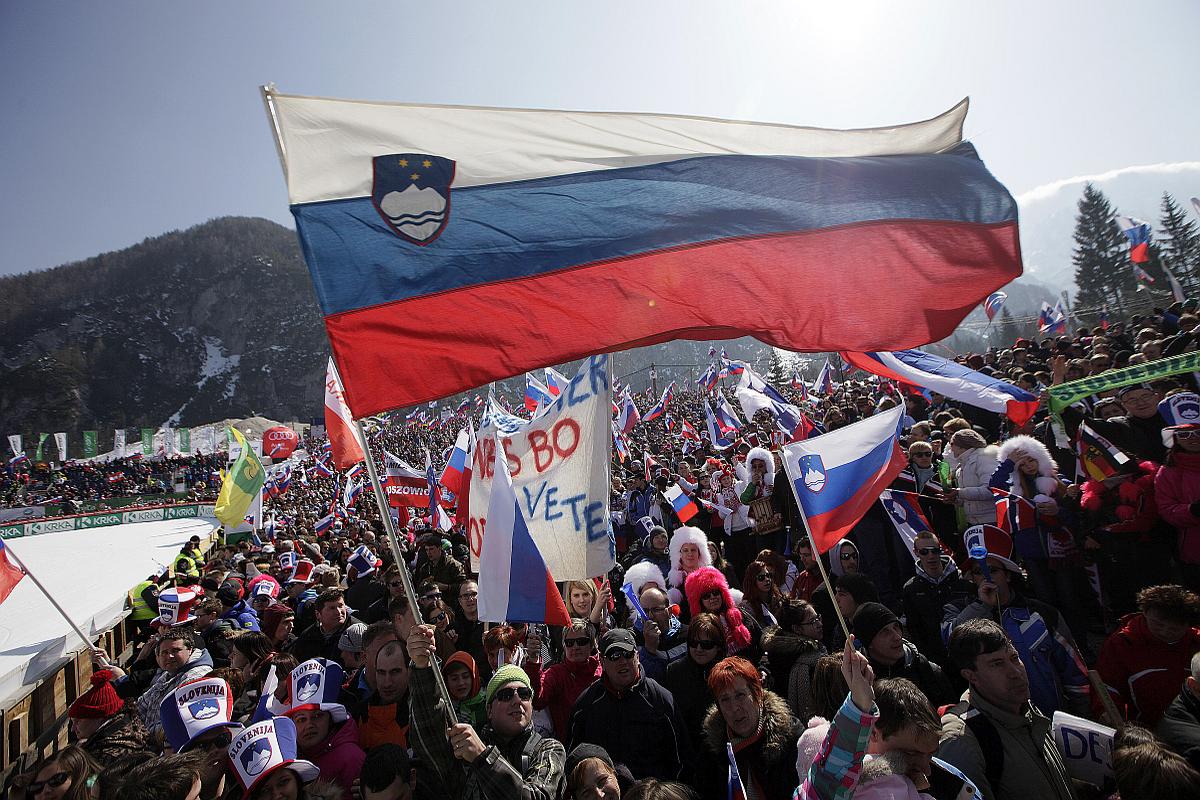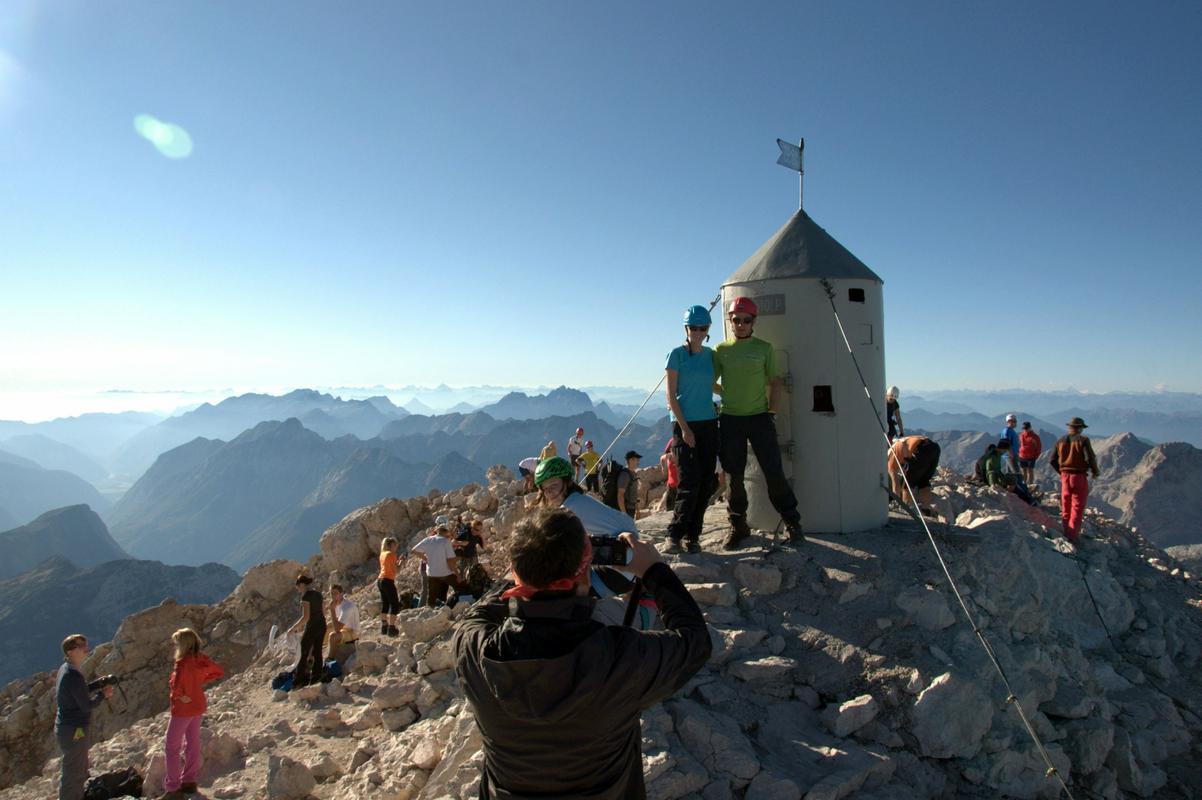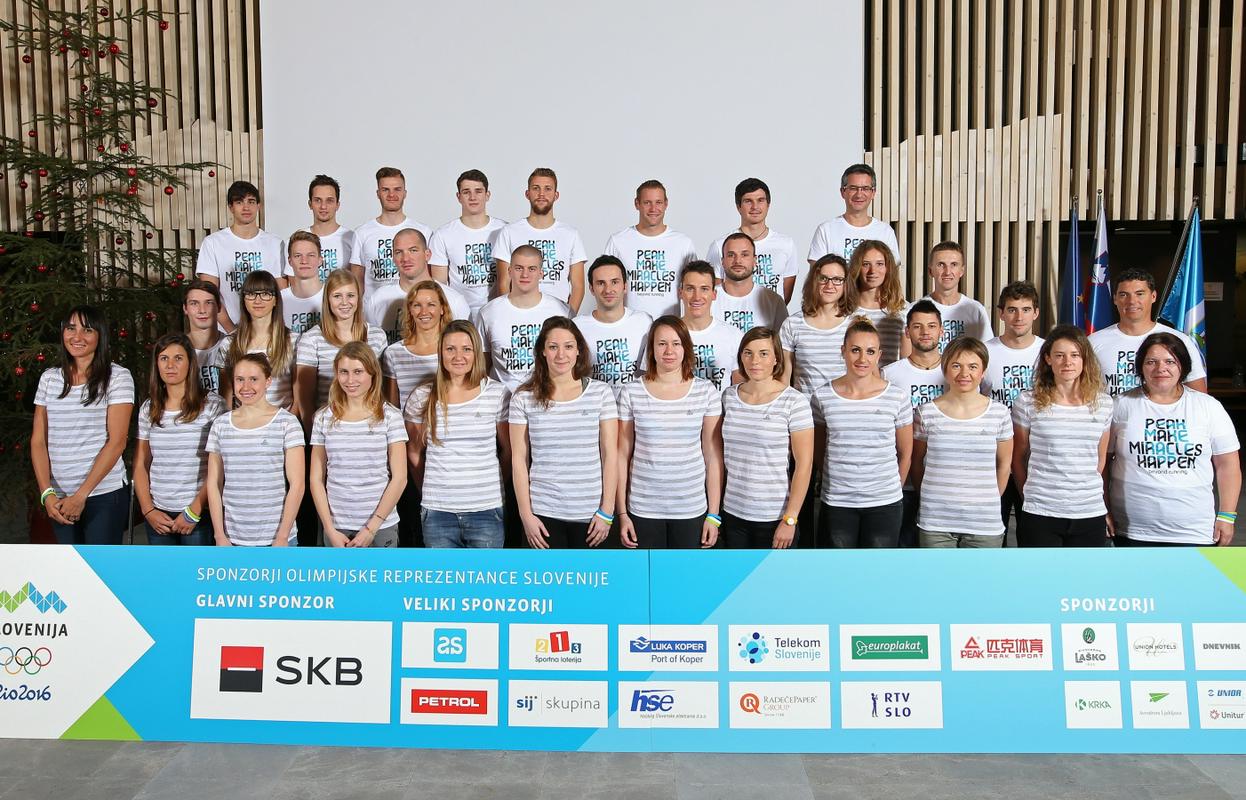
With determination, we formed our own democratic state and, in 25 years, achieved the most important goals in the international environment.


Nevertheless, the foundations for the statehood were established by Slovenians more than a thousand years ago. The exceptional geographic location at the crossroads of the Alps, the Mediterranean, the mysterious Karst and the vast Pannonian Plain undoubtedly played an important role in this process. The diverse landscape left its mark on the rich natural and cultural heritage, influenced people's creativity, and inspired various outstanding individuals.
The maturing of national consciousness
In the 6th century, our Slavic ancestors moved from the area behind the Carpathian Mountains and settled in today's Slovenia. In the 7th century, they had already formed the oldest known Slavic state – the principality of Carantania, a tribal union under the leadership of King Samo. The principality survived for almost 300 years. Carantania was renowned for its democratic system, which even inspired the authors of the United States Constitution.
The rich blend of the old and the new has gone through a long process of transforming itself into an independent ethnic community which matured primarily through the publication of the first books and by establishing the foundations of the national programme in the 16th century. Although up until the 20th century the Slovenian national community was governed by foreigners, mostly the House of Habsburg and the Austro-Hungarian Empire, it still managed to establish its own national identity. After World War I, Slovenia became part of the Kingdom of Yugoslavia, and after World War II, it became part of the Social Federal Republic of Yugoslavia.
After being a part of Yugoslavia for more than seventy years, a consensus for an independent path developed among Slovenians. Slovenia became a sovereign and independent state in June 1991 and was recognized internationally in January 1992, which was followed by the efforts of the state to become a relevant player in the international community. In 1998, Slovenia, which was still a new state at that time, received great recognition when it was elected as a non-permanent member of the UN Security Council and when it also presided over the Council. The year 2004 was an important milestone for Slovenia as the country became a member of the European Union and NATO. Among the new EU member states, Slovenia was the first to introduce the common euro currency on 1st January 2007 and the first to preside over the EU Council in the first half of 2008.
Preserving the message of the independence among young people
By reminiscing about the most important historic events of the Slovenian nation which occurred 25 years ago and were unprecedented in the sense of unity, we want to show especially to the young generation that the values of the "independence" period are important now and will continue to be important in the future. An independent country is not something to be taken for granted; we have to take care of it and instil optimism and determination in young people with which they will pursue their unfulfilled goals and set equally ambitious objectives.
The recognisability of Slovenia in the world
The international recognition and membership in all major international organizations are important achievements for Slovenia. However, we are still not completely recognized in the international sphere. For example, there are no stereotypes about the Slovenians, except in the countries of the former Yugoslavia, in contrast to the Germans, for example, who are seen as precise, and the Spanish, who are presented as passionate. Slovenia is still often mistaken for Slovakia and vice versa. For that reason, we will take the advantage of our 25th anniversary to further promote and present Slovenia in the world.
Slovenia and Slovakia are cooperating on a project entitled the SLOV-SLOV Dimension. Very few European countries have as many things in common as Slovenia and Slovakia. For that reason, we should not resent foreigners for making such mistakes. In addition to presenting the common points and the roots of both Slovenia and Slovakia, the exhibition will highlight their differences that emerged under the influence of different historic events and geographical conditions. The opening of the exhibition will take place in Bratislava in June 2016.
Important dates:
- 23rd December 2015: 25th Anniversary of the Plebiscite Proclamation
- 24th June 2016: Slovenian National Day
- 25th October 2016: Sovereignty Day – 25 years since the last JNA soldier left Slovenia
- 23rd December 2016: Independence and Unity Day – 25th anniversary of the adoption of the Constitution of the Republic of Slovenia
With determination, we formed our own democratic state and, in 25 years, achieved the most important goals in the international environment.

































































